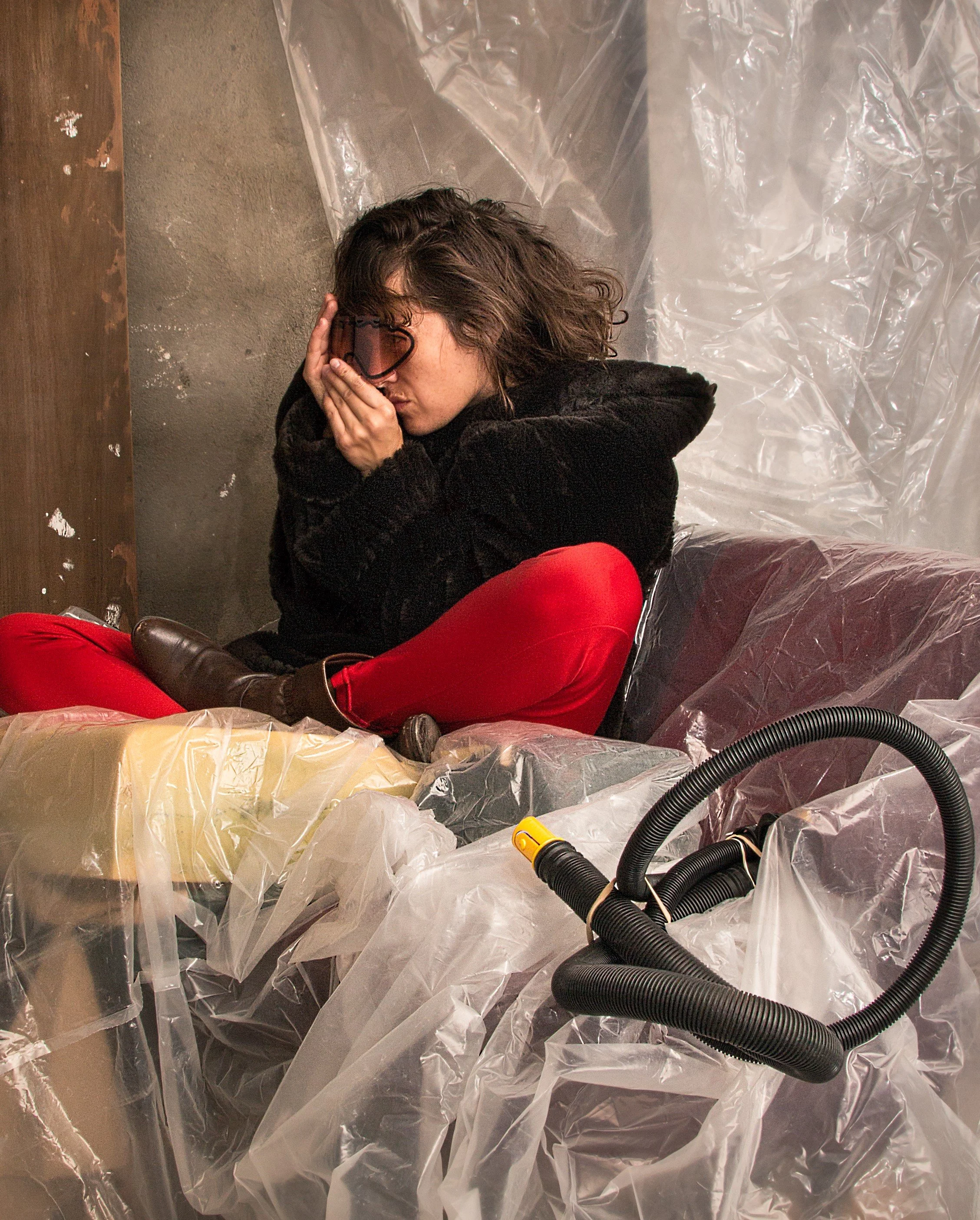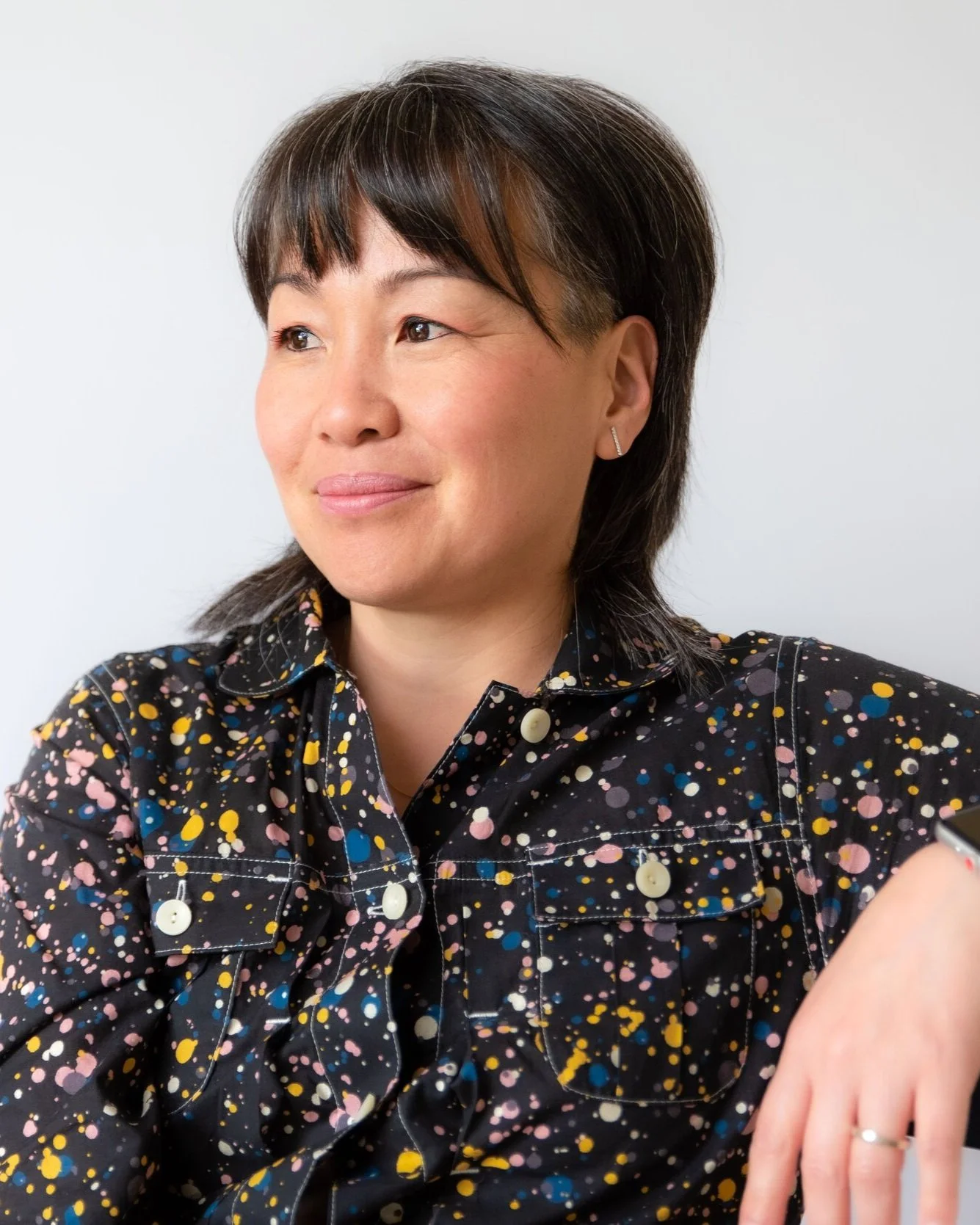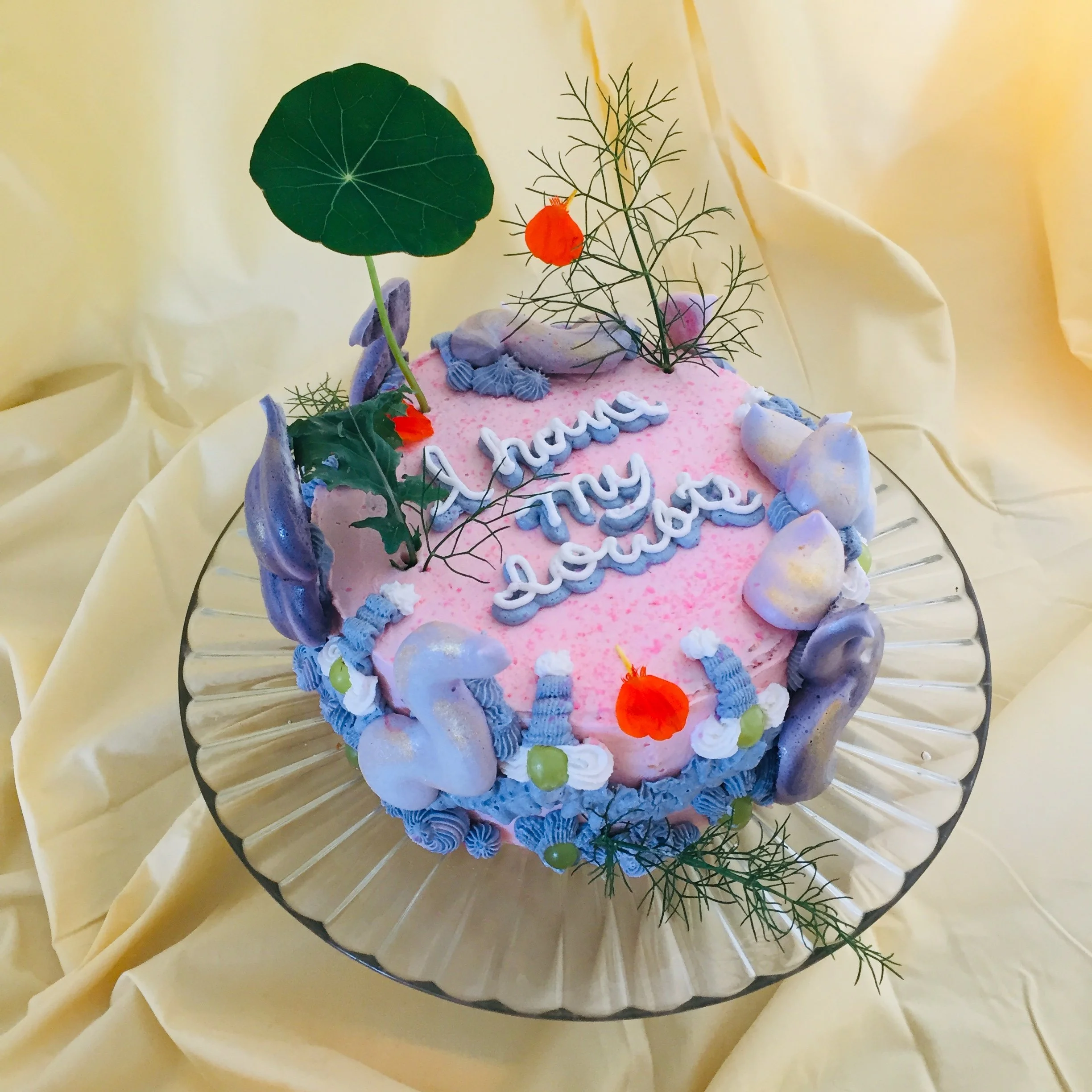Hold On Let Go performances disrupt conventions, push forms—and put unexpected objects at centre stage
Theatre Replacement and Company 605’s renamed and ever-growing series gathers experimental works at Russian Hall
Theatre Replacement’s Best Life employs common household objects.
Lara Kramer’s Them Voices.
Hold On Let Go runs January 23 to 27 and January 30 to February 2 at Russian Hall
TO GET A SENSE of the experimental, form-pushing vibe of the newly renamed festival Hold On Let Go, take a look at some of the objects that take centre stage in its shows. In Theatre Replacement’s audience-driven Best Life, there’s a veritable orchestra of rice cookers, lawnmowers, lamps, and boomboxes. In Keely O’Brien’s Secret Ingredients, it’s cakes with movingly unorthodox icing. In Lara Kramer’s Them Voices, the contemporary dance work incorporates a crinkling plastic sheet and coiled black vacuum hose. And in Adrienne Wong’s SmartSmart, get ready for coffee and craft supplies.
“To me, it’s works that identify as less playwright-driven and more experimental, hybrid-forms that are trying to push convention and disrupt dominant ways of thinking,” says Maiko Yamamoto, summing up the gist behind the fest. Her Theatre Replacement (the innovative troupe behind the East Van Panto that’s celebrating its 20th anniversary) is curating Hold On Let Go with Company 605’s Lisa Mariko Gelley and Josh Martin (contemporary dance-scene standouts). “That is the kind of work that Theatre Replacement has been deeply involved in making over the last 20 years. That’s where the work in this platform fits: the artists here and across our country that are really interested in extending out and having conversations that are necessary, challenging, poetic, beautiful…”
Before we get to the intriguing details of the fest’s unorthodox offerings, a bit of context: as they embarked upon the 14th iteration of their festival, Theatre Replacement and Company 605 changed its name from PushOFF to Hold On Let Go. That reflects the fact that this independently produced and artist-run curated platform has evolved from a short series of 10-minute excerpts to a hyperlocal program of experimental works to this year’s widened lineup of local and Canadian shows—all under the roof of its homebase at Strathcona’s Russian Hall.
Yamamoto says the name comes from the idea of “hold on tightly, let go lightly”—seizing on the change that’s been in the air since the pandemic.
Theatre Replacement co-artistic director Maiko Yamamoto.
Keely O’Brien’s Secret Ingredients blends theatre and cake-baking.
“In the performing arts sector, we have to move forward and be bold, with gestures that are about reinventing and rebuilding here,” she says. “There’s a new landscape, and things have shifted greatly—so it’s to embrace that and do that with grace, and learn and grow in that process.”
A big part of Hold On Let Go is stoking conversations, not just locally, but nationally and internationally. Yamamoto describes the curation of each day of shows like putting together an album.
“This beautiful space allows people to arrive, stay, and see a conversation around a bunch of work,” she says of the historic Russian Hall. “We’re leaning into that as we expand the programming: it's about more meaningful engaging with a show.
“International connection and wanting to be a part of global conversation around art making: to me there’s an importance to that right now, because that’s what we’re trying to rebuild right now,” she adds. “Theatre Replacement has been a company that has toured a lot over the years, and that’s really hard to do right now—international conversations and connections are hard, because everybody went local because we had to [in the pandemic]. And Canada is a really large country and it’s hard to build connections here. So for me that conversation is really vital in art-making.”
The curators have split this year’s event into two. The first section, January 23 to 27, features an array of mainstage performances from local and national artists. Among the highlights is genre-pushing Montreal-based choreographer and dancer Kramer’s arresting new solo Them Voices. As those who have seen her powerful locally presented works like Windigo or NGS (“Native Girl Syndrome”) in the past know, the artist uses unexpected everyday objects (mattresses, trash heaps) in haunting, unsettling, metaphorical ways that address her mixed Indigenous ancestry and colonialism. Here, the multidisciplinary artist has said she acts as an “open channel through time and space”, her work tapping primordial voices of the past and future.
Elsewhere, SmartSmart finds Victoria-based artist Wong employing coffee, crafts, and storytelling in an audience-interactive piece that explores how our phones mediate and modify our entire lives. Meanwhile, O’Brien’s work-in-progress Secret Ingredients asks participants to submit messages that “they find too difficult to express directly to someone in their life” via an online form. These messages will be translated into actual, subversively designed cakes, which are then delivered to the intended recipients as an edible form of communication. Still in development through Theatre Replacement’s COLLIDER artist residency, the project will culminate in a live performance and cake tasting.
Part II of the Hold On Let Go program, January 30 to February 2, features a double bill of new works by Company 605 and Theatre Replacement. It’s a chance to catch Best Life, Yamamoto’s show “performed by an audience for an audience”, inspired by the domestic machines that make our lives better. The array of common household appliances unlock a surprisingly heartfelt story that draws on Yamamoto’s own suburban past—resonating with longing and questions around mortality and what we leave behind. As for the physically charged 605-ers, they’re going to unveil excerpts from a new work-in-progress called lossy, exploring bodies in a liminal state of loss and recovery.
Weaving a lot of it together is a series curated by well-known Vancouver musician-theatre artist Amanda Sum and aimed at the next generation of artists. It includes a panel discussion with Wong and O’Brien.
There’s much more on offer, mixing forms, ideas, and generations.
And if you’re having trouble categorizing or defining just what the work at Hold On Let Go is, that may be exactly the point. As Yamamoto says: “Where the work sits best in the program is where you go, ‘It doesn’t matter.’”

















